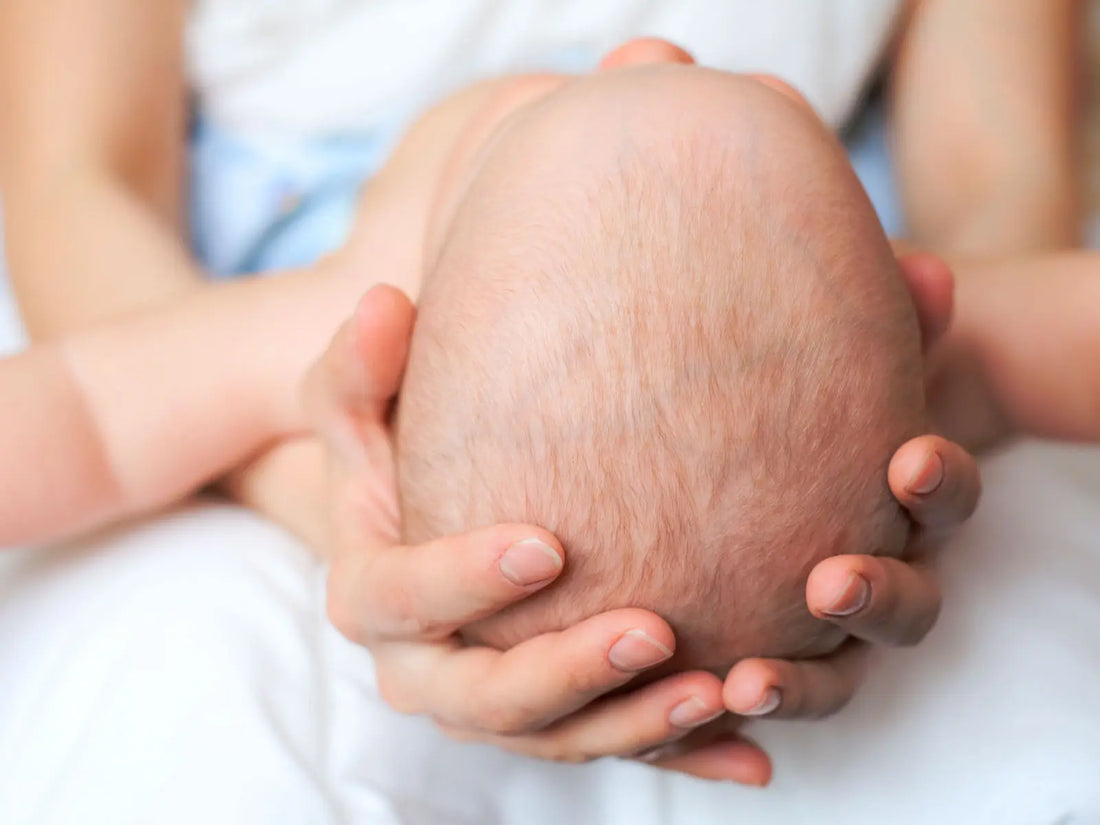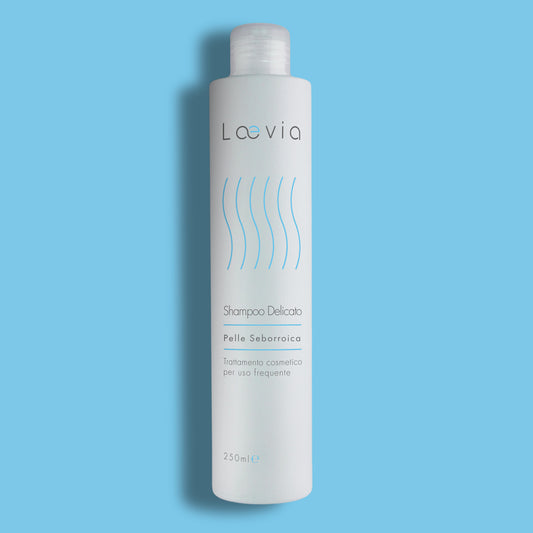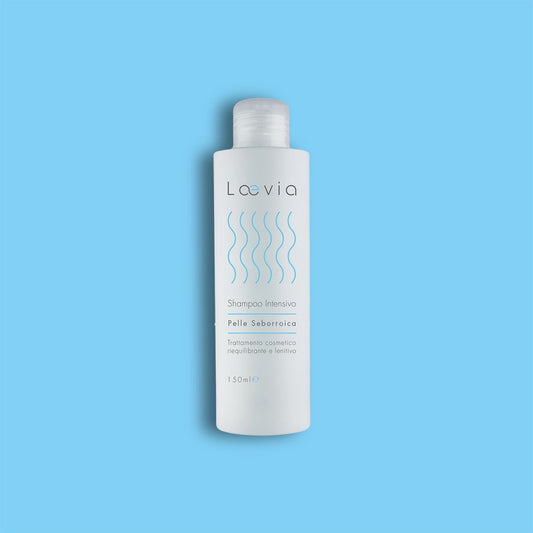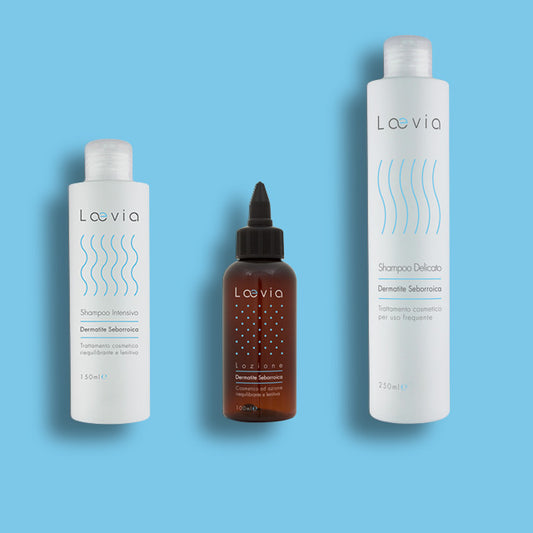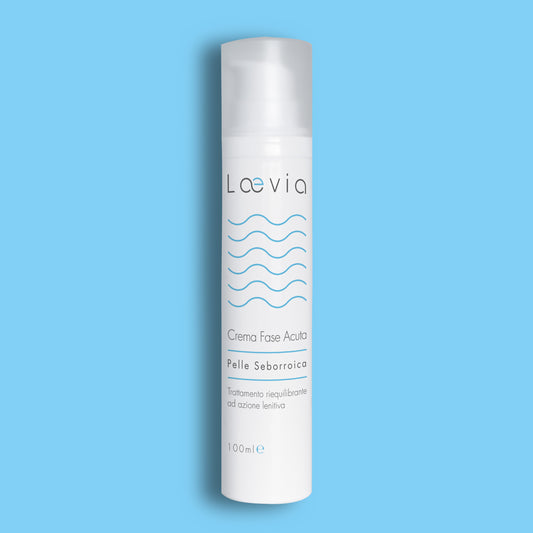Seborrheic dermatitis is not only a problem for adults but also affects adolescents, children and newborns from the first month of life, where it is called cradle cap.
'SMALL' IDENTIKIT OF SEBORRHEIC DERMATITIS – Seborrheic dermatitis, or cradle cap, is a very common skin pathology in children which, however, does not present symptoms as annoying as what happens in adults. Cradle cap, in fact, does not cause itching but the appearance of unaesthetic lesions, yellowish and greasy-looking scales which are mainly located on the scalp. The scales can also extend into some areas of the face, in particular around the ears, on the eyelids, on the forehead, on the eyebrows, on the nose and on the chin which are the points of the skin richest in sebaceous glands, responsible for the excessive production of fat and of the aesthetic symptoms of cradle cap. In newborns, a particular form of seborrheic dermatitis can sometimes also appear, known as 'diaper dermatitis', due to the continuous contact of the delicate and sensitive skin of that area with the acidity and humidity of urine and faeces, becoming irritated and inflamed with peeling of the skin.

AN EARLY SKIN PROBLEM – Cradle cap can be defined as a cradle problem: it can appear as early as the first month of life or within the following three months, then resolves spontaneously within a few months to a maximum of a year. A first sign of the appearance of cradle cap is the flaking of the scalp and/or the presence of some red spots accompanied by small whitish blisters, located on the forehead and face. But what is the origin of cradle cap? It is hypothesized, without scientific certainty, that cradle cap is due to the overproduction of sebum from the mother's sebaceous glands during and/or after childbirth and passed to the fetus through the umbilical cord. There are cases in which seborrheic dermatitis also recurs during puberty, due to the influence of hormonal changes linked to this particular age, especially in boys who have suffered from cradle cap. However, there is also a second theory according to which cradle cap is due to the presence of certain food allergies and/or intolerances in the child, in particular a reaction to milk proteins or lactose intolerance both from breast milk and artificial milk.
ANTI-CRADLE CAP SAFETY MEASURES – Cradle cap is generally temporary and aesthetically annoying. Only in rare cases, the manifestations are very extensive and require the consultation of a pediatrician or a specialist dermatologist who will decide whether to undertake drug therapy. For this reason, cradle cap does not require major preventive actions, but only some precautions especially in terms of hygiene and management of aesthetic symptoms:
- Giving the baby a bath a day, using emollient, hydrating, delicate products that respect the pH of the skin and are free of irritating substances, can be a protective and preventive factor against the onset of cradle cap. Pay attention to washing your head, scalp and face during bathing.
- Take care to comb your hair with a soft bristle brush, avoiding rubbing the scabs. In case of serious irritation, however, it is best to contact your pediatrician and/or specialist who will be able to provide advice on cleaning and hygiene of your child.
- Prefer the use of vegetable products, i.e. free of animal fat-based components which could stimulate the growth and activity of the Malassezia furfur fungus, considered to be responsible for the onset of seborrheic dermatitis even in children.
- Before bathing, massage the areas affected by cradle cap with plant products and leave the product to act for a few minutes, to promote the loss and speed up the normal restoration of the skin. Then proceed with removal and cleaning with delicate products dedicated to children.

